What caused me to write this:
Last week, I was giving a workshop on working with risky assumptions. An interesting discussion on ‘when to use this method’ broke loose. It reminded me of two key examples of where risky assumptions didn’t work. In this post, I will summarise my insights on risky assumptions.
What are Risky Assumptions?
Risky Assumptions (RAs), or falsifiable hypothesis, help you to prioritise the key uncertainties of your startup idea that have high impact on your business model.
It can be considered to be the core of Eric Ries’ Lean Startup Method. You make a matrix as below, and find the riskiest things. Next, you derisk the riskiest things. Pull off experiments or something. It's pretty simple on paper.
What people like about them
Risky assumptions help to apply focus
Risky assumptions offer a means to structure our thoughts
Risky assumptions mapping with this matrix is a great tool to align teams and get a diverse perspective
Only 1 in 9 startups use risky assumptions
A 2019 study done on 235 funded startups in Italy reports that only 11% of startups work with risky assumptions. In my experience as a mentor, this checks out.
About 4 in 10 startups report to practice the Build Measure Learn cycle. Even though most founders say that lean startup works well to get to product-market fit, they are not doing risky assumptions. Why?
Most startups in this survey said they are not using RAs because
They already achieved pm-fit (45%)
Find it hard to adapt to their startup (25%)
Find the process complex (20%)
There’s some truth to these claims.
When risky assumptions don’t work
If you’ve actually read Eric Ries’ book, he paints a picture of a startup that is post-product and post-launch. This means that he launched his product, but he doesn’t have product-market fit yet.
His virtual/social app has some users but is barely growing. By doing RAs and BML-cycles, he improved his problem-solution fit and thus product-market fit. All fair and square.
However, risky assumptions are not your best friend if you are pre-product or after product-market fit.
If you have product-market fit, there are superior frameworks for running your startup, such as product-led growth frameworks or product management frameworks as popularized by Marty Cagan (check out his book Inspired) and many others.
As I specialise in the early stage of startups, I will give you two examples of why risky assumptions don’t work before your product is clear.
Example 1: No solution idea
Hyper early-stage startups have the issue of finding a problem to solve. I mentored this startup, who had the ambition to do ‘something sustainable’. Rather broad, I know. I’m currently analysing this team for my PhD.
After a brainstorm, the team decided to do something with upcycling glass. What precisely? The team didn’t know. They were just fond of the mechanism of upcycling, and in their case glass. This is not to blame the team, initial product scopes are often very abstract.
Do risky assumptions work well here? Well, with such a broad scope in mind, it’s impossible to formulate hypotheses about a startup idea if you don’t know that startup idea is. You can only do some broad hypotheses such as:
These are very superficial. In this case, because they were so early stage, the only relevant hypothesis to them is related to a problem.
Are there people who experience a problem revolving around recycling glass?
Would this team have benefited from doing a risky assumptions mapping with 50 post-its spending at least an hour? Nope.
It would’ve caused more harm. It would’ve created many opportunities to get distracted from finding a problem owner. Because they are first-time founders, they might not give enough priority to find the problem owner.
Me and my colleague, as a mentor, pushed them towards finding a problem owner around the ‘upcycling glass’ thing.
So, instead of mapping the risky assumptions, we pushed and the team tried to find a problem and a problem owner. Result: not found. Recycling glass is a pretty good waste cycle. Due to that, the team killed the startup idea.
Risky assumptions don’t work well if you don’t have a clear solution idea.
Example 2: Too many solution ideas
Some hyper early-stage startups have the luxury idea of drowning in ideas. I once mentored this startup that had literally close to 50 solution ideas in week 1 of my accelerator program.
Issue: Not a single one stood out.
As part of the program, this team was forced to draft risky assumptions in a workshop I conducted. They couldn't do it. Where normally a team easily drafts 20-30 post-its with risky assumptions, this team, without focus on a single solution, got stuck on three or four. That’s not very helpful.
After this workshop, I removed RA-workshops from the early phases of the accelerator program I ran.
After the workshop, they got into analysis paralysis. They got stuck.
Luckily, the next day, something unexpected happened.
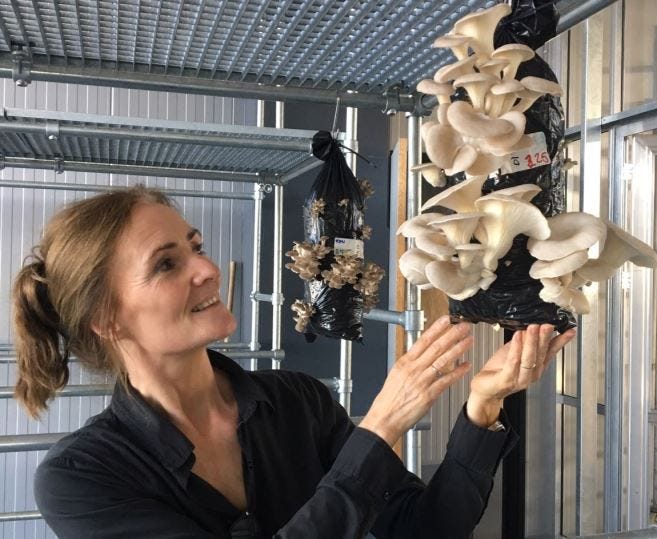
During one of his lunch walks, one of the founders came by the little factory of a producer of mushrooms on used coffee grounds in The Hague. Later on he reflected he didn’t actually knew why, but he just walked in the open door.
Inside, he ran into the founder of the mushroom company. And they just chitchatted about how the sustainable food market is though. Unplanned, unforced conversation.
The (non-psychedelic) mushroom producer complained that she is selling to retailers, but losing a lot of margin. The mushroom company thought about direct-to-consumer sales, but didn’t have the time to pull it off.
And then: lightbulb moment. Among those 50 ideas, one of the ideas of this startup team was ‘a sustainable food box to explore new foods’. They just found a problem owner: the mushroom producer.
Now the team suddenly had a solution with a validated problem owner. And now, they later told me, they could formulate all these risky assumptions, such as:
We can fill a box with interesting foods
We can find suppliers to fill our box with interesting, novel sustainable foods
The price of the box including delivery and contents will be enough to break even on costs
We can find 10 customers for our initial pilot
We know what measures are important to determine pilot success.
What happened next? Startup Good Case was born. They did 3 pilots, selling dozens of boxes to learn about this startup idea.
Finding suppliers turned out to be easier than expected. Managing churn on the consumer side turned out to be harder than expected. In the end, this startup was killed for many reasons combined, that’s a different story.
Risky assumptions work between product clarity and pm-fit
Risky assumptions, or falsifiable hypotheses, are research questions with yes/no answers. Risky assumptions don’t work well for super early-stage startups because asking questions about a startup idea that’s ill-defined is impossible.
If your startup idea is ill-defined, you can only draft very high-level risky assumptions. When selecting methods to structure your validation process, be critical on what the method is supposed to get you and decide whether it’s relevant.
What to do before product clarity?
Most startups’s USP is a novel product. Therefore, focus on methods that give you that.
Problem interviews without risky assumptions
Before you comment “use design thinking”, yes, that is a product-focused method. However, design thinking is originally not intended for startups. It’s mostly used a product ideation method, where I don’t see startups struggle with coming up with ideas.
The issue often is grounding ideas to a particular customer segment. The above methods help to get there.




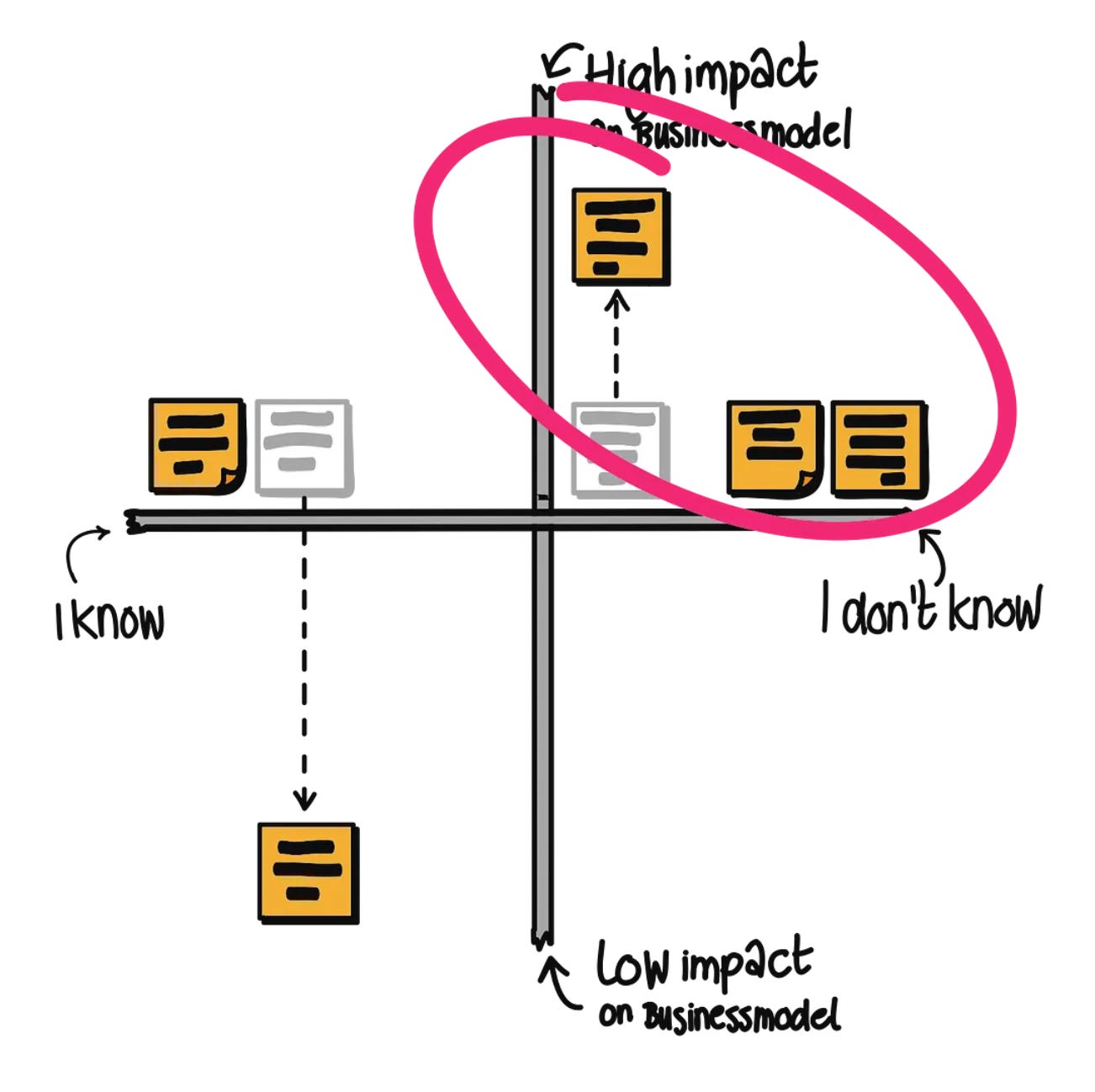

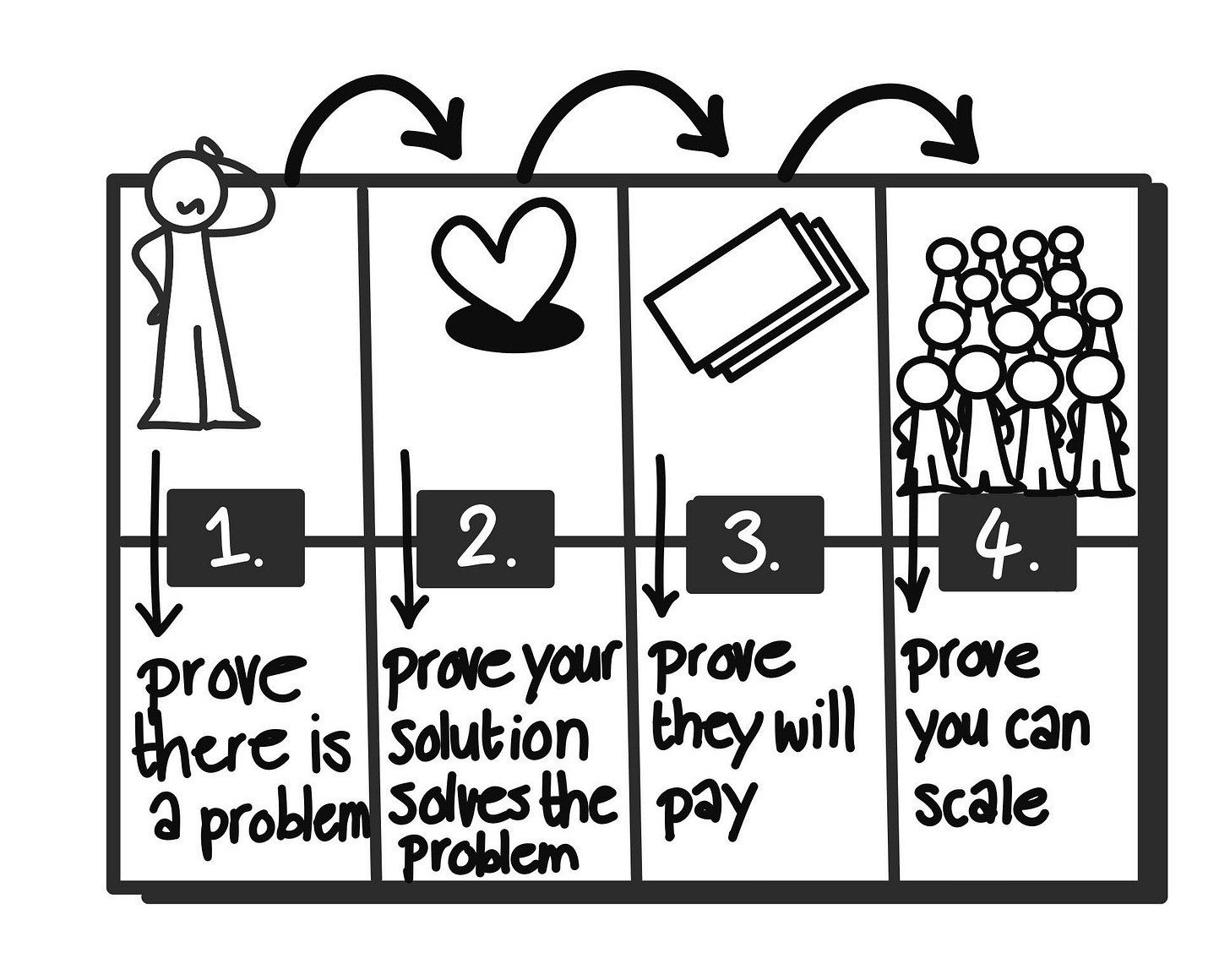



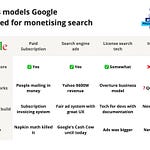





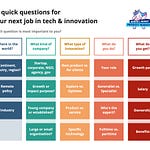
Share this post